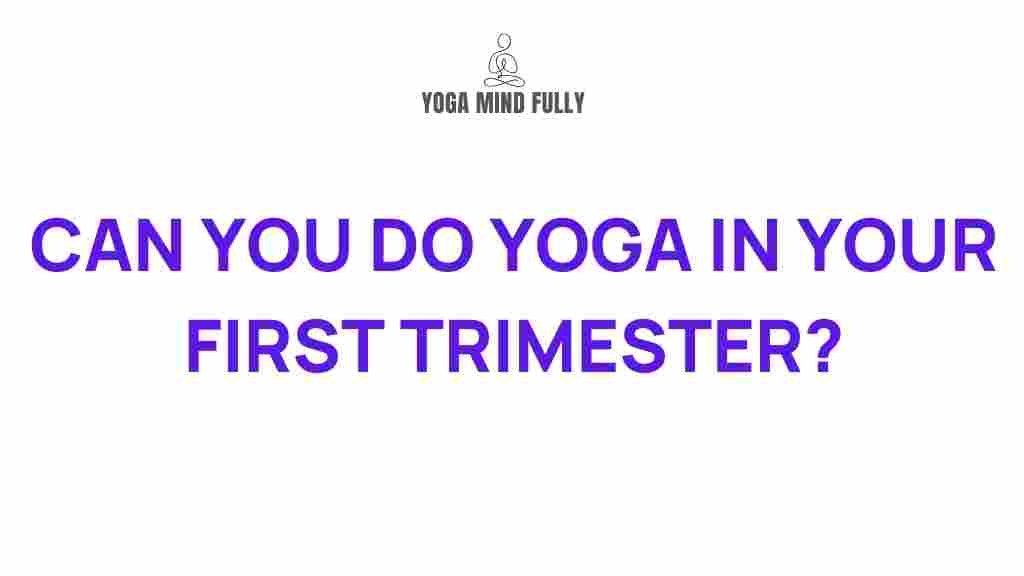What is Prenatal Yoga?
Prenatal yoga is a specialized form of yoga designed to support the mental, emotional, and physical well-being of expecting mothers. By combining gentle stretching, controlled breathing, and mindfulness techniques, this practice helps women navigate the unique challenges of pregnancy while preparing for childbirth.
This practice isn’t just about staying active; it’s about creating a deep connection with your body and your growing baby. Whether you’re a seasoned yogi or new to the mat, prenatal yoga offers tailored modifications to ensure safety and comfort at every stage of pregnancy.
The Benefits of Prenatal Yoga
Incorporating prenatal yoga into your routine can yield a wealth of benefits. Here’s why so many expecting mothers turn to this practice:
- Improves flexibility and strength: Prenatal yoga focuses on gently strengthening muscles, particularly in the pelvic region, to support your body during pregnancy and delivery.
- Alleviates pregnancy discomforts: Regular practice can reduce back pain, swelling, and fatigue.
- Boosts emotional well-being: Mindfulness techniques help manage stress, anxiety, and mood swings.
- Enhances sleep quality: Gentle poses and relaxation exercises prepare the body for restful sleep.
- Fosters connection: Many women find a sense of community and bonding with their baby through the practice.
How to Start Your Prenatal Yoga Journey
Step 1: Consult Your Healthcare Provider
Before beginning any new exercise regimen, it’s crucial to consult with your doctor or midwife to ensure that prenatal yoga is safe for you and your baby. Certain conditions, such as preeclampsia or a high-risk pregnancy, may require modifications or avoidance of specific poses.
Step 2: Choose the Right Class
Seek out classes specifically designed for prenatal yoga. Certified instructors understand the unique needs of pregnant women and can guide you through safe and effective practices. You can find local studios or explore online prenatal yoga programs for convenience.
Step 3: Gather Your Equipment
You’ll need minimal equipment to get started. Consider having:
- A non-slip yoga mat
- Supportive props like yoga blocks, straps, and a bolster
- Comfortable, breathable clothing
- A bottle of water to stay hydrated
Step 4: Master Key Prenatal Yoga Poses
Focus on poses that are gentle and supportive of your changing body. Here are a few beginner-friendly options:
- Cat-Cow Stretch: Relieves back tension and improves spinal flexibility.
- Child’s Pose: Provides a gentle stretch and promotes relaxation.
- Seated Forward Bend: Enhances hip flexibility and calms the mind.
- Modified Warrior II: Builds strength and balance without putting pressure on the abdomen.
Troubleshooting Common Issues in Prenatal Yoga
What if I Feel Discomfort?
It’s important to listen to your body. If a pose feels uncomfortable, stop and adjust. Use props like a bolster or blanket for added support, and don’t hesitate to ask your instructor for modifications.
How Can I Manage Shortness of Breath?
Shortness of breath is common during pregnancy, especially as your baby grows. Practice slow, controlled breathing exercises to help improve oxygen flow and reduce tension. Avoid deep backbends or poses that compress your belly.
Can I Practice in the Third Trimester?
Yes! Prenatal yoga is safe throughout pregnancy, but poses should be adapted to accommodate your growing belly. Focus on restorative poses and avoid any movements that require lying flat on your back or excessive twisting.
Additional Tips for Prenatal Yoga Success
- Stay hydrated and take breaks as needed.
- Practice in a well-ventilated, comfortable space.
- Incorporate mindfulness by focusing on your breath and connecting with your baby.
- Join a prenatal yoga community or forum for additional support. Check out our resources page for more ideas.
Conclusion
Prenatal yoga is more than just exercise—it’s a holistic approach to nurturing your body, mind, and spirit during one of life’s most transformative periods. By staying mindful of your body’s needs and embracing the practice with care, you can experience the profound benefits it offers for both you and your baby.
Whether you’re looking to ease pregnancy discomforts, prepare for childbirth, or simply find a moment of peace in your busy day, prenatal yoga provides a versatile and accessible solution. Start your journey today and enjoy the profound connection and calm it brings to your pregnancy experience.
This article is in the category Yoga Practices and created by YogaMindFully Team
